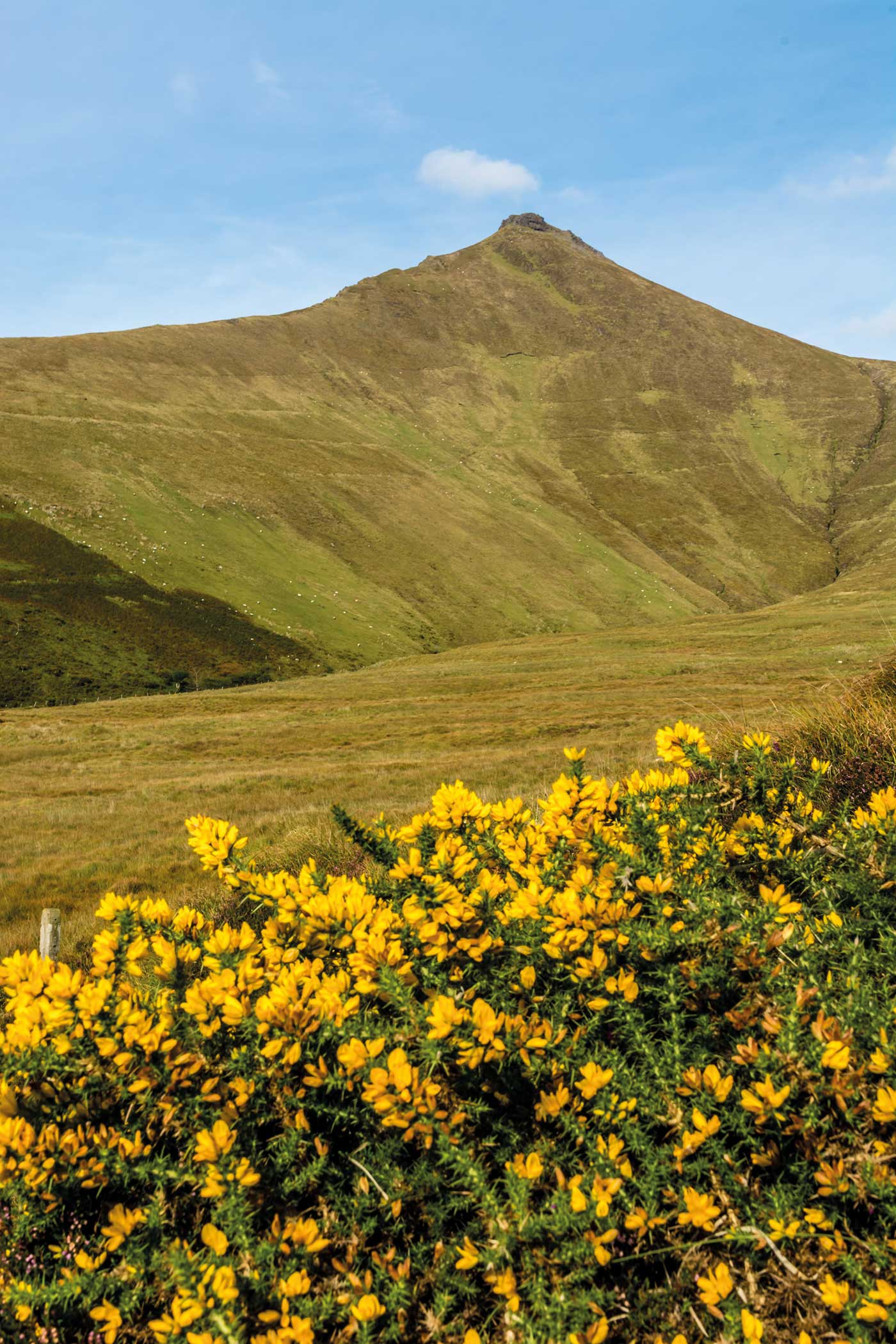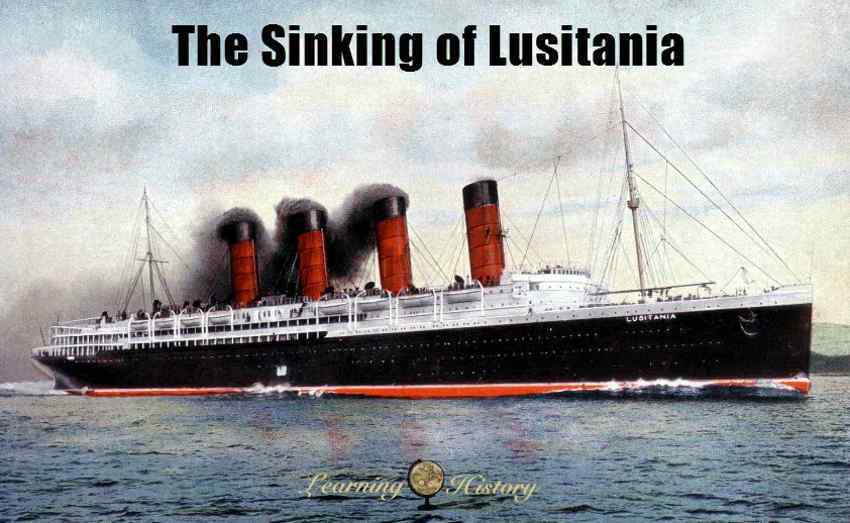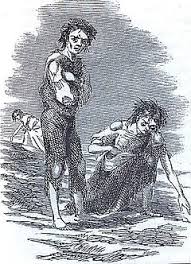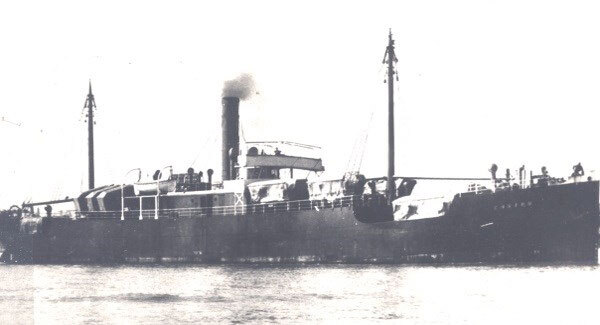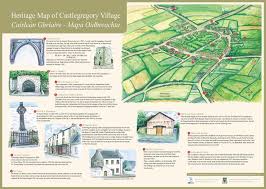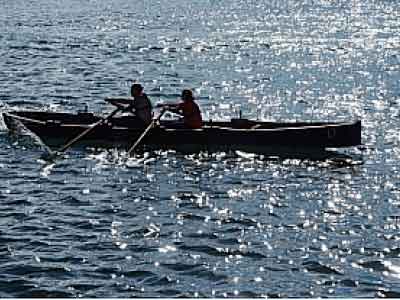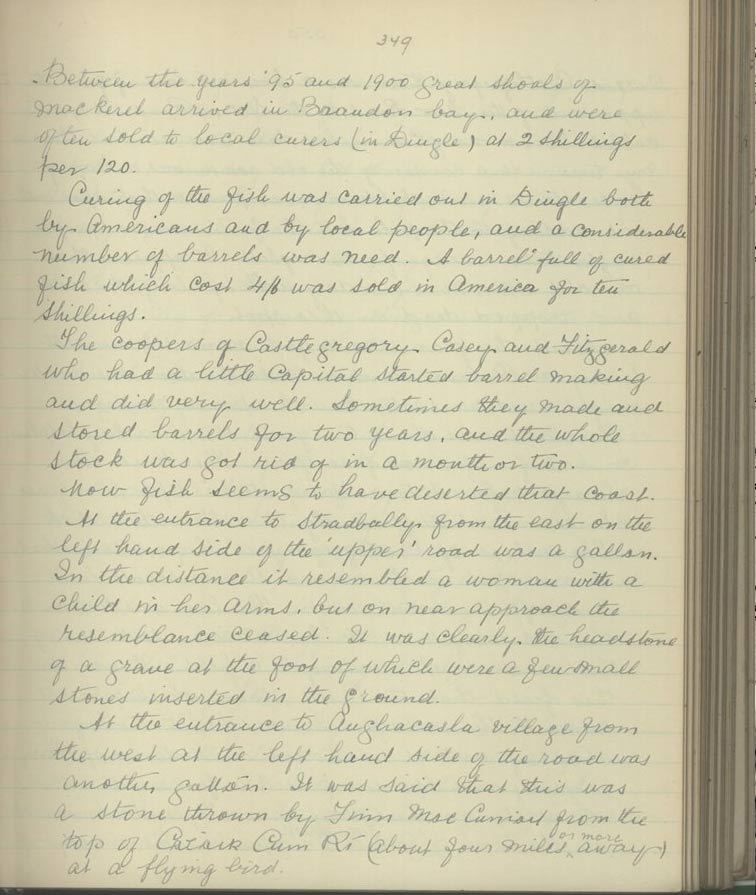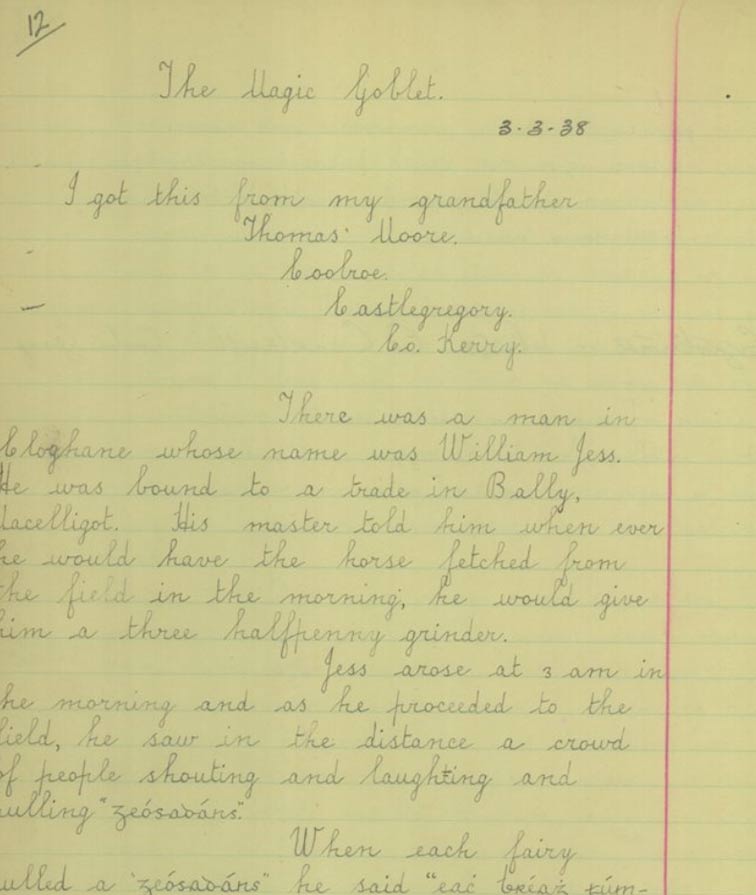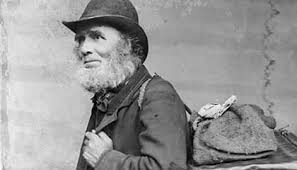“The Irish way of telling a story is a complex and elaborate one, complete with wild exaggerations, a certain delight in improbable fantasy, and a heightened sense of drama.”
― Rashers Tierney, F*ck You, I’m Irish: Why We Irish Are Awesome
Castlegregory is a small coastal village on the northern side of the Dingle Penninsula. There is a wealth of historical information embedded into every aspect of live. Enjoy these articles.
History of Castlegregory
Castlegregory is a small coastal village on the northern side of the Dingle Penninsula. There are several interpretations of the name of Castlegregory. One version indicated that it was named after Pope Gregory the Great who claimed to be of Irish Origin. The more Obvious explanation is that it developed from Gregory Hoare who built a castle there early in the sixteenth century. His stronghold stood at the south-east of the village, later know as Castle Lane.
At the beginning of the sixteen century Gregory Hoare lived in conflict with his neighbour William Moore, another Desmond tenant, a dispute over their boundry became so serious that the case came before the Desmond seneschal court in Dingle. The court found against Hoare and he became so outraged that he became paralysed. This predicament gave Hoare’s son, Black Hugh, the opportunity to marry Moores’s daughter, Ellen. It was hoped that the union would bring about a temporary easing of the feud but as the bridal party made its way through Castlegregory, Gregory Hoare attempted to block their path. Moore pushed him aside and Hoare died on the spot.
In 1580 Lord Deputy Grey, en route to attack Fort-del-Ore (Dun an Oir, the Fort of Gold), requested Black Hugh Hoare to hold his castle against the Irish. Hoare, a loyal subject of the Queen, prepared a banquet for his guests. Grey went directly to Smerwick Harbour but Edmund Spencer, Sir Walter Raleigh and other officers stopped at Castlegregory. Ellen loyal to the Irish cause resented this intrusion of their privacy and deliberately emptied all the wine kegs. Black Hugh became so angry at her action that he stabbed her to death. Black Hugh was arrested and taken to Gallarus Castle for trial but died suddenly close to where his father had died.
The only daughter of the union married Walter Hussey of Castlegregory and Dingle. Hussey, a supporter of the Knight of Kerry, was granted the castle but when it was attacked by Cromwellian forces he was forced to escape. He sought refuge in Minard Castle but when Minard was later attacked Hussey and his men were killed. Following the war the remaining members of the Hussey family were reduced to poverty. Thereafter Castlegregory was granted to a Cromwellian officer, Captain Anthony Shortcliffe. In 1800 the first Lord Ventry, Thomas de Moleyns of Dingle, took possession of the village and it remained in the Ventry family until 1913.
By the beginning of the 1800s there were approximately a thousand inhabitants living in the village, mainly in thatched cottages. The Catholic Church was built in 1831. Close to the village is the Washing Bridge, so called because the women gathered there to do their washing every Monday. From the 1800s the Clais Garbh races were held on the beach there every September until they were transferred to Loughbeg.
South of the village is St Brendan’s(St Enda’s) Church of Ireland Church, Nearby are the remains of a fifteenth-century church in which the family vault of the Fitzgerald family is situated. There are two ancient stone crosses in the graveyard, one dating to the seventh century and the other to the ninth. There is a headstone to the crew of the barque Fort Yarrock of Glasgow who lost their lives in Brandon Bay when they were shipwrecked on 29th January 1894, following a voyage form California. Seven of the crew were buried in Castlegregory and Brandon and five in Stradbally.
Like so many other villages Castlegregory also enjoyed a “Pattern Day” on 15th August each year. In earlier rimes only the men attended Pattern Day and the women gathered the following day which was known as “Sheilas’s Day” By the turn of the century many trades were flourishing in the village including carpenters, shoemakers, coopers, blacksmiths, bakers, butchers and tailors.
In 1891 a six-mile branch line of the Tralee-Dingle Railway was extended to Castlegregory. The narrow line was built by the Tralee and Dingle Railway Company. There was an element of risk on this route and passengers were advised to travel by rail to Castlegregory and then by other means over the Connor Pass to Dingle. On Whit Monday 1893 a train carrying passengers and pigs ran down a bank close to Castlegregory Junction. The engine and some carriages fell thirty feet, killing three people and ninety pigs. On April 1939 the branch line was declared uneconomic and was closed to all traffic. The sleepers were sold for a penny each. (Courtsey:-The Book of Kerry, Arthur Flynn)
Famine came to Castlegregory like all other villages and town throughout the country. An extract from https://mykerryancestors.com/great-famine-kerry-1847/ states that Castlegregory and it’s people is indeed distressing, we had a meeting with three of the Committee, R.F. Swindell[11], P. Curate, Jn O’Kane P.P[12]., & W. Busteed M.D.[13] Fever and dysentery prevail to an alarming extent, more than 120 cases labouring under those diseases were attended to at the Dispensary yesterday (6th day). & many that could not be attended to were sent away for the next day of attendance, of which number many may perish from inability to attend. This place is an extremely distressed locality. Death has been here in a fearful degree, reduced the population. In the Glens where no kindly hand was near to administer to the poor cottiers wants, he was left to perish with his family in his lonely cabin, and instances were told us from good authority, that the dead were found in a decomposed state. We heard many cases of extreme misery and death and although many have suffered to an almost incredible extent, the poor creatures appear to have been quite patient under their awful visitation. Their supply of food and funds being entirely exhausted, it appearing that an immediate supply was wanted, and many starving persons in the hamlet, we purchased ½ ton meal at Bunnow Mill 4 miles distant from present relief, and gave an order on Dingle for one Ton Rice & Two of India meal, as we found any would perish ere the government measures would take effect. This district with Clahane and Kilquhane claims the sympathy of the benevolent. Isolated far away on the shores of the Atlantic, no direct intercourse anywhere it appears these are only fishing villages. There are many persons who when able earned a livelihood by fishing, and with their patch of potatoes managed to struggle through at ordinary seasons, and now when the failure of this chief maintenance occurred, their hopes fled, many a family has passed away to be seen here no more.
**************************************************************
Websites of interest:-


